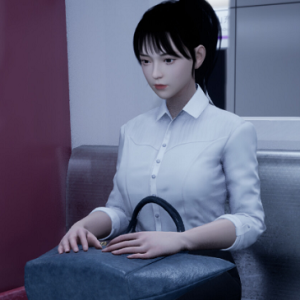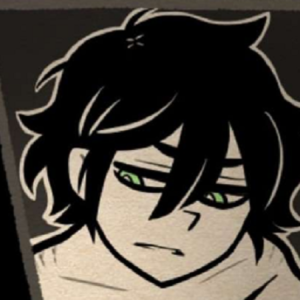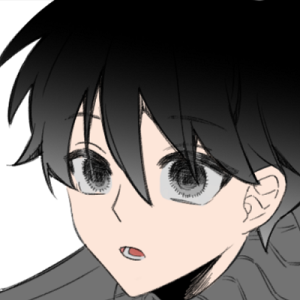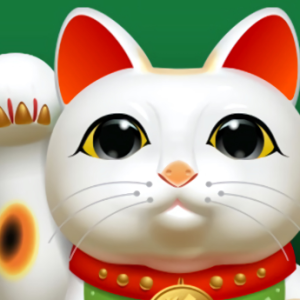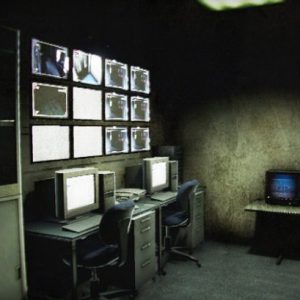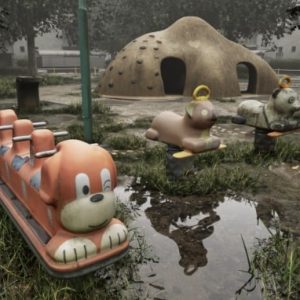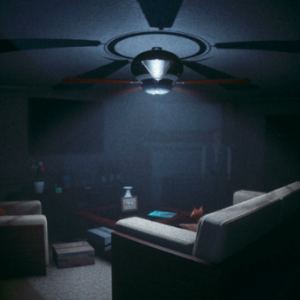Japanese Horror Games
Japanese Horror Games is a category of interactive experiences that focuses on psychological tension, atmospheric design, and cultural storytelling. Unlike traditional horror that often relies on direct confrontation or graphic visuals, this genre emphasizes emotional discomfort, quiet fear, and situations that slowly unravel. The pacing is usually slower, allowing moments to breathe, and often uses silence or ambient noise to create a lasting sense of dread. These games tend to draw from real-world folklore, urban legends, and spiritual beliefs rooted in Japanese culture, which gives the genre a unique identity.
Core Themes and Techniques
One of the key traits in Japanese Horror Games is the use of isolation. Players are often placed in environments that feel abandoned, trapped, or disconnected from everyday life. The horror rarely comes from visible threats. Instead, it builds from strange sounds, distant movement, or objects that seem slightly out of place. The supernatural is often presented as something that doesn’t obey logic, making it harder to predict or understand. This ambiguity turns the player’s imagination into a tool of fear, as much of the tension comes from what isn’t fully shown.
Design Choices and Visual Style
Games in this category often use muted color palettes, limited lighting, and minimal interfaces to keep the player immersed. Locations like rural villages, empty school buildings, or dark apartments are designed to feel both familiar and unsettling. Movement is usually slow, forcing the player to take in every detail of the space. Jump scares are used sparingly, with more attention given to lingering atmosphere and buildup. Audio plays a large role, with environmental sound effects often replacing music entirely. These design choices work together to create a slower but more emotionally charged experience.
Narrative Structure and Player Role
Stories in Japanese Horror Games are often fragmented or non-linear, allowing players to uncover meaning at their own pace. Instead of fighting or escaping enemies, players are more likely to be observers, investigators, or victims trying to understand a situation beyond their control. The games usually leave space for interpretation, avoiding complete answers. This open-ended structure reflects the genre’s deeper themes: memory, regret, spiritual imbalance, and the unseen consequences of past actions.
Common Elements Found in the Genre:
- Locations that isolate the player physically or emotionally
- Supernatural elements tied to folklore or tradition
- Minimal use of combat or weapon-based mechanics
- Environmental storytelling and found objects
- Audio design focused on subtlety over intensity
- Themes of grief, loss, or trauma
Japanese Horror Games remain distinct for their ability to create fear without spectacle. They rely on pacing, restraint, and quiet unease to draw players into their world. By removing the need to fight and instead focusing on observing and enduring, these games offer a different kind of horror — one that stays long after the screen fades to black.


